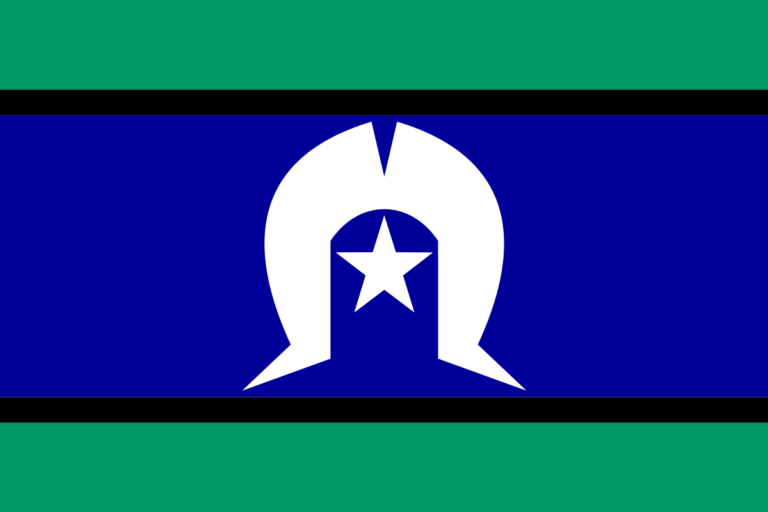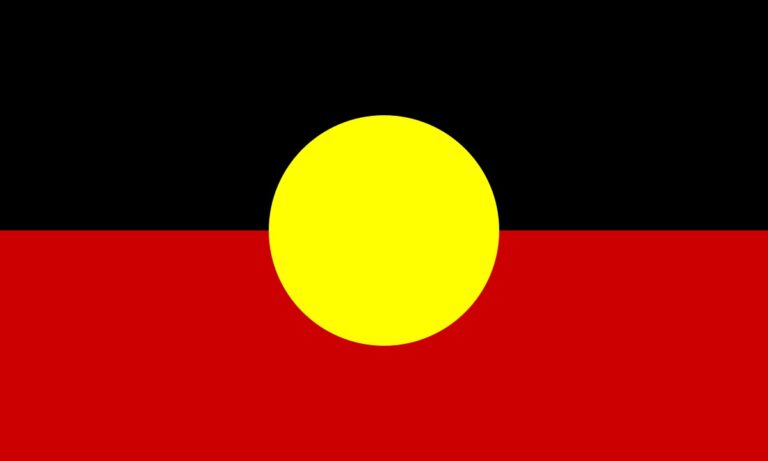Leading public health body, the Foundation for Alcohol Research and Education (FARE), has today proposed an alcohol pregnancy warning label, incorporating best practice principles, to be applied to all alcohol products.
The announcement follows new market research which found the alcohol industry’s current voluntary approach to warning of the dangers of drinking during pregnancy is misleading, confusing and fails to adequately raise awareness about the risks to the unborn child.
FARE’s announcement follows six years of repeated industry failure, with Australian governments shortly to decide whether to mandate alcohol pregnancy warning labels on all products.
In Australia, alcohol companies are not legally required to include pregnancy warning labels on their products, and instead choose whether or not to include any information about the harm of alcohol and pregnancy on their labels.
FARE Chief Executive Michael Thorn says that industry has misled consumers for far too long.
“Under the current system, alcohol companies are not required to include pregnancy warning labels on alcohol packaging. Instead, the system is a voluntary ‘opt-in’ process, allowing alcohol companies to mislead consumers over the dangers of drinking during pregnancy.
“A warning label that does not properly raise awareness about the harm alcohol does to unborn babies is irrelevant to consumers and merely a public relations exercise for the alcohol industry,” Mr Thorn said.
A new Hall & Partners research report commissioned by FARE has investigated consumer understanding and interpretation of the two most commonly used consumer information message labels for alcohol and pregnancy.
The study comprised focus groups of women who were pregnant or trying to conceive, their male partners, and female peers, who reviewed current alcohol pregnancy health warning labels and discussed their beliefs relating to alcohol consumption during pregnancy.
The report found that while the prevailing social norm is for women to avoid alcohol during pregnancy, some believed that consuming small amounts of alcohol occasionally during pregnancy may not be considered harmful, and that for some the text version of the current warning labels used by industry reinforces this misconception.
Of the products reviewed, the pregnancy health warning messages were generally considered too small to effectively attract consumer attention. The research also found that the current warning pictogram communicates that pregnant women should not consume alcohol. However, the pictogram did not appear to challenge the belief, held by some, that consuming small amounts of alcohol occasionally during pregnancy is unlikely to cause harm. The research also indicates that the wording of the current text warning may reinforce this belief for some.
The report concluded that warning labels could be enhanced by combining the pictogram with a warning text to better communicate the potential consequences of alcohol consumption in such a way that credibly challenges existing beliefs. The report also concluded that enhancing the size, position, and presentation (e.g. in terms of colour, contrast etc.) of the warning could also attract greater consumer attention.
Off the back of this research, FARE has commenced campaigning for a new mandatory labelling system to complement its submission to the Food Regulation Standing Committee (FRSC) Pregnancy warning labels on alcoholic beverages public consultation.
Mr Thorn urges Federal, State and Territory Health and Food Ministers to task Food Standards Australia New Zealand with the development of mandatory alcohol pregnancy warning labels that can be seen and understood.
“The six years of the current voluntary scheme created by the alcohol industry has served only to confuse and mislead consumers. For too long industry has been getting away with pregnancy warning labels that are hidden, misleading, too small, and in some cases, missing entirely.
“It is time to put people before profits,” Mr Thorn said.
Data from the 2016 National Drug Strategy Household Survey (NDSHS) found significant numbers of women consume alcohol during pregnancy. In 2016, only 56 per cent of pregnant women reported that they abstained during pregnancy.
Alcohol consumption during pregnancy is associated with a range of adverse consequences including miscarriage, stillbirth, low birth weights and Fetal Alcohol Spectrum Disorders. These harms are preventable and warning labels on alcohol products are a cost-effective method of informing consumers about these risks.
For FARE’s alcohol and pregnancy health warning campaign visit: https://www.fare.org.au/labelling






